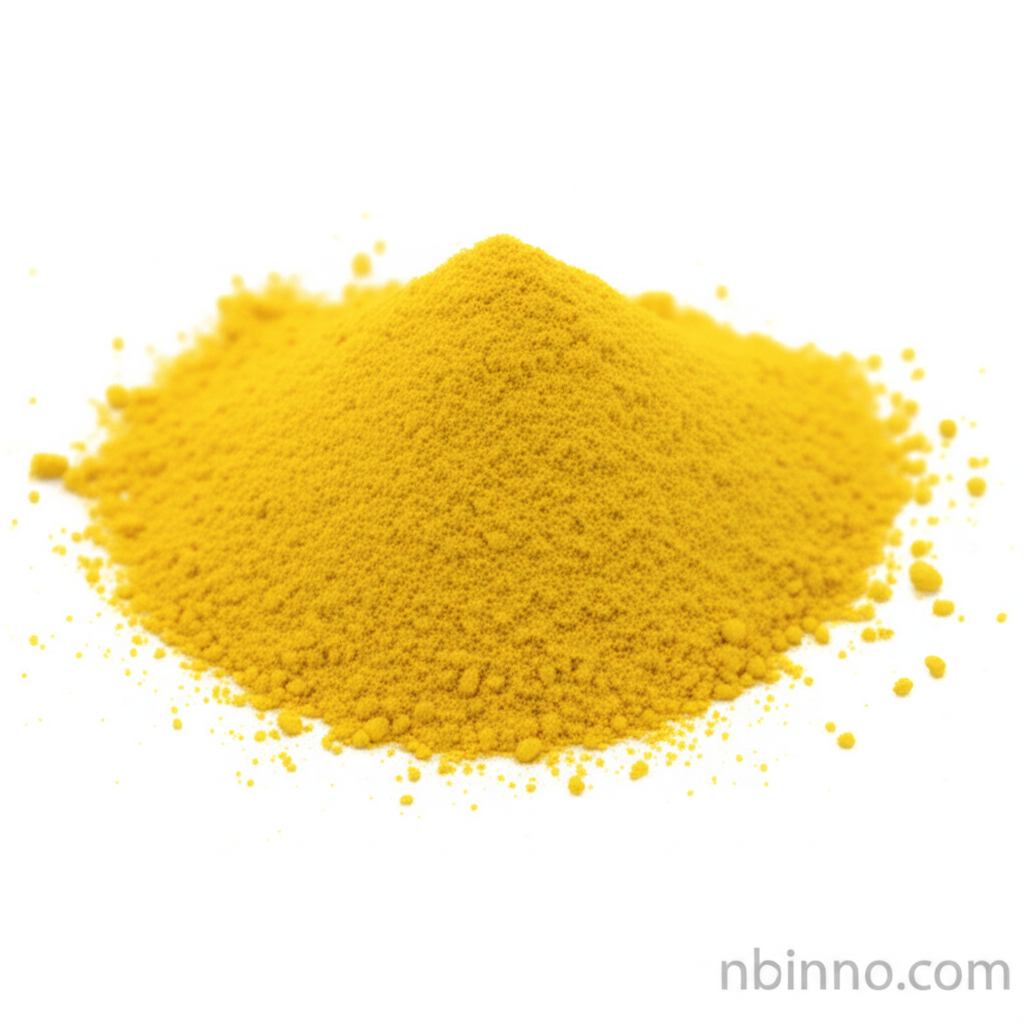High-Purity 3-(Dicyanomethylidene)indan-1-one (2HIC) for Organic Electronics and NFA Synthesis
Discover the critical role of 3-(Dicyanomethylidene)indan-1-one (2HIC) in advancing organic electronics. As a leading manufacturer and supplier, we provide high-purity CAS 1080-74-6 for your NFA synthesis and optoelectronic applications. Get a competitive quote today!
Get a Quote & SampleUnlock Next-Generation Organic Electronics with Our 3-(Dicyanomethylidene)indan-1-one

3-(Dicyanomethylidene)indan-1-one (2HIC)
As a trusted manufacturer and supplier in China, we offer high-purity 3-(Dicyanomethylidene)indan-1-one (CAS 1080-74-6). This potent electron-accepting building block is indispensable for synthesizing advanced non-fullerene acceptors (NFAs) crucial for high-efficiency organic photovoltaic (OPV) devices and other organic electronic applications. Our commitment to quality ensures you receive a reliable material for your R&D needs.
- Optimize Your Organic Solar Cell Performance: Source CAS 1080-74-6 for superior NFA synthesis, leading to higher power conversion efficiencies.
- High-Purity Electronic Material Supplier: We provide a consistently pure product, essential for predictable results in organic electronics.
- Cost-Effective NFA Building Block: Buy 3-(Dicyanomethylidene)indan-1-one at competitive prices from a reliable China manufacturer.
- Versatile Application in Optoelectronics: Utilize this key intermediate for chromophores with nonlinear optical properties and advanced sensing applications.
Key Advantages of Our 3-(Dicyanomethylidene)indan-1-one
Exceptional Electron-Accepting Capability
The intrinsic electron-withdrawing nature of the dicyanomethylene group makes this compound a powerful component for constructing effective electron acceptors, critical for efficient charge separation in organic electronic devices. Explore how this feature can boost your NFA synthesis.
Critical for NFA Development
As a foundational building block for high-performance non-fullerene acceptors (NFAs) like ITIC, this material is indispensable for achieving breakthroughs in organic photovoltaics. Purchase 3-(Dicyanomethylidene)indan-1-one to advance your next-generation solar cell technology.
Tunable Optical and Electronic Properties
Its derivatives exhibit significant solvatochromism and tunable nonlinear optical properties, making them valuable for advanced chromophores, sensors, and optoelectronic applications. Source this versatile intermediate to explore novel material functionalities.
Diverse Applications in Advanced Materials
Organic Photovoltaics (OPVs)
Essential for synthesizing non-fullerene acceptors (NFAs) that drive higher power conversion efficiencies in solar cells. Buy this key building block to accelerate your OPV research and development.
Organic Field-Effect Transistors (OFETs)
Used in creating high-performance n-type organic semiconductors for advanced transistor applications. Consider our reliable supply for your electronics manufacturing.
Advanced Chromophore Synthesis
Key component for chromophores with significant nonlinear optical (NLO) properties and sensitive solvatochromic behavior, ideal for photonic devices and sensors.
Chemical Sensing
Its derivatives are utilized in selective ion-pair recognition and colorimetric sensing applications due to their sensitivity to environmental polarity. Explore new possibilities for your sensing technologies.
